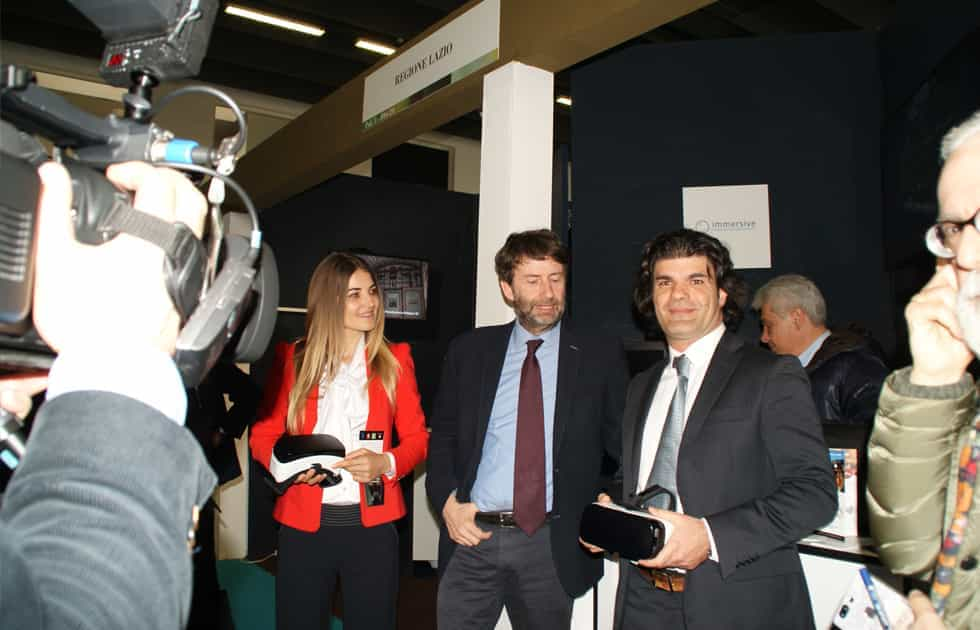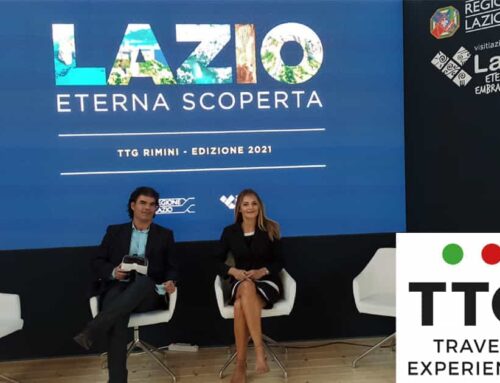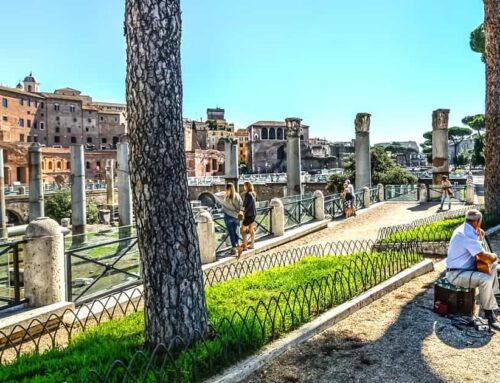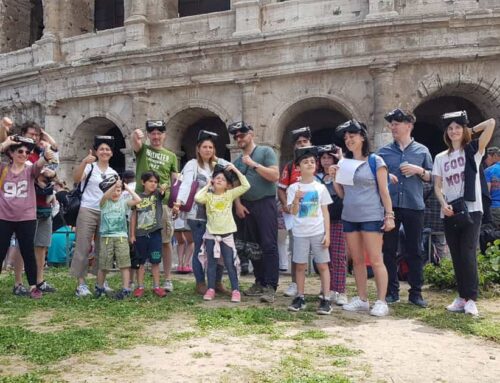Restoration of Ferrara - Franceschini at the International Exhibition
The minister on tour at the Restoration of Ferrara Fair. On the relocation of the Pinacoteca: “Excellent opportunity to enhance the Castle and Diamonds”.
From the test of new technologies to the study of ancient restorations. It is a journey through the history of the conservation and enhancement of cultural heritage. Minister Dario Franceschini is visiting the Salone del Restauro to close the three days of Ferrara Fiere.
“We have reached the 24th edition but in 1991 it was much more difficult than today to talk about the restoration of cultural heritage. Today there is a different climate. Awareness has grown on the importance of protection, an intelligent economic growth factor that works on Italian excellence “.
The custody of Italian treasures has become a guarantee over the years. Much remains to be done on the subject of post-earthquake reconstruction. “When there is a natural disaster, it inevitably devastates our rich and widespread cultural heritage. Just look at what happened in Emilia, Umbria and now in central Italy “. Franceschini, fresh from these experiences, says that the time has come to take a higher step. In fact, he establishes a piece of Civil Protection dedicated exclusively to the safeguarding of cultural heritage.
A hurricane of enthusiasm is hitting museums all over Italy. The data is extraordinary. In 2016 we reached record numbers, going from 39 million to 44.5 million visitors. But we have to keep up with the times, because the type of use of these spaces has changed. People go to the museum because they want to have an experience. For this we are studying an open and participatory system of museums.
Franceschini at the International Exhibition in Ferrara
The strategic tourism plan does not focus only on the new use of the museum, but also on the enhancement of the “most beautiful villages in Italy”. “This year it is the turn of the villages. These represent an extraordinary heritage from the naturalistic point of view; firstly human; secondly cultural; and finally artistic. The Honorable continues. It will be a growth opportunity for our country to distribute the tourist flow from large cities to villages “.
Precious rural villages, as well as the Este jewels. On this point, the minister from Ferrara allows a more than positive opinion on the move of the National Picture Gallery to the Estense Castle: “It is a fair and appreciated operation, the project is there and is already financed. The move allows the enhancement of both cultural containers: both the Castle, which would host an extraordinary museum itinerary, and the Palazzo dei Diamanti, known as a symbol of modern art but which can become much more, being unique in the world “.
Reflections at national and local level, as seen, which accompanied Franceschini’s tour among the stands of the Exhibition of Restoration of Ferrara, accompanied by the hosts, the head of the project Carlo Amadori and the president of Ferrara Fiere Filippo Parisini. So, while the exhibitors compete for the minister’s greeting to exchange handshakes, selfies and a few words about their activities, he walks quickly through the corridors and tries to greet as many people as possible.
Ancient & Recent – Restoration of Ferrara
A must stop is to try augmented reality viewers. Franceschini cannot resist the temptation to try 3D glasses to live a virtual experience in his second home, Rome. In fact, the viewers offered at the Lazio “Ancient and Recent” stand offer the opportunity to immerse yourself in the arena of the Colosseum with Virtual Reality.
From the Capitoline gladiators to illuminated art, the step is short: shortly after, in fact, the honorable person stops in the Opificio della Luce area to experiment with the light panel which, through the Lit (light in transparency) technology, allows you to change the light. Led of the work according to the aspects to be displayed. In conclusion, a special ‘invisible’ ink, made of nano-structured molecules, which in this case radiated the Death of Messalina by Francesco Solimena in the early 1700s.




